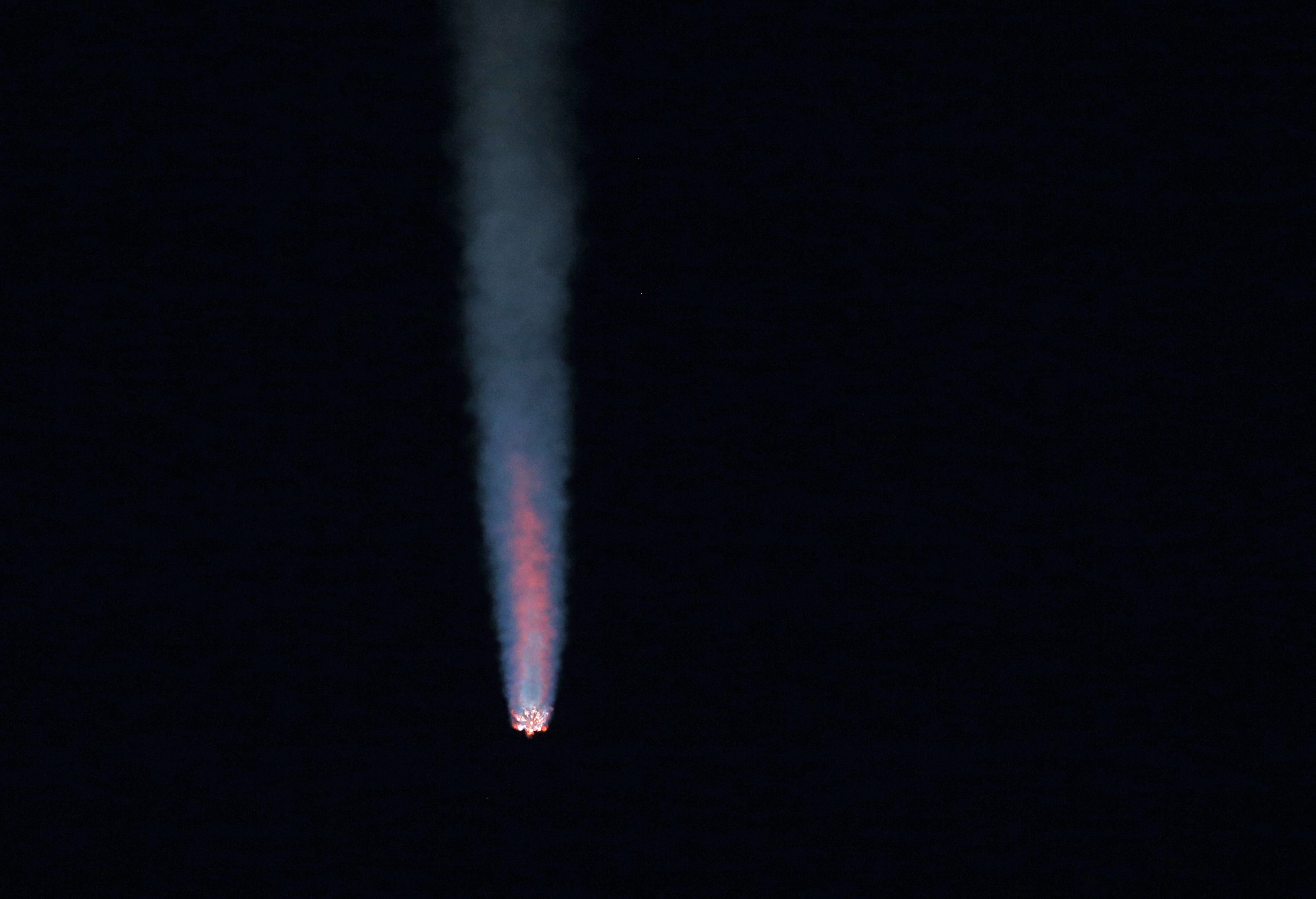Enormous debris from SpaceX craft crashes in Australia
The piece of space junk is made of carbon and aluminium and is almost three metres high

Your support helps us to tell the story
From reproductive rights to climate change to Big Tech, The Independent is on the ground when the story is developing. Whether it's investigating the financials of Elon Musk's pro-Trump PAC or producing our latest documentary, 'The A Word', which shines a light on the American women fighting for reproductive rights, we know how important it is to parse out the facts from the messaging.
At such a critical moment in US history, we need reporters on the ground. Your donation allows us to keep sending journalists to speak to both sides of the story.
The Independent is trusted by Americans across the entire political spectrum. And unlike many other quality news outlets, we choose not to lock Americans out of our reporting and analysis with paywalls. We believe quality journalism should be available to everyone, paid for by those who can afford it.
Your support makes all the difference.A strange capsule thought to be part of a SpaceX craft has crashed into farmland in Australia.
The equipment was found scattered across some paddocks at 7am on Saturday when it landed in on the property of sheep farmer Mick Miners. Mr Miners called neighbour Jock Wallace who requested guidance from Australia’s civil aviation authority – but they told him to contact Nasa.
"I’m a farmer from Dalgety, what am I going to say to NASA?" Mr Wallace told ABC.
It is believed that the carbon and aluminium debris came from a capsule which had splashed down to Earth in May. It is likely to have come from the unpressurised crew trunk of the craft, tracelling at around 25,000 kilometres per hour .
At almost three metres high, it is possibly the largest piece of documented debris in Australia since a piece of Nasa’s Skylab station crashed in 1979.
"In photographs of the debris you can clearly see charring, which you would expect from re-entry," Australian National University College of Science astrophysicist Brad Tucker said. "It is very rare to see, because they don’t usually land on land, but in the ocean."
He continued: "People often think they find small pieces of space junk, but they would burn up on re-entry, so it’s more likely to be large pieces like this."
SpaceX did not respond to The Independent’s request for comment before time of publication.
Researchers believe there is a significant chance someone will be killed by a rocket falling to Earth in the next decade.
A new assessment of the danger posed to human life by out-of-control rockets says there is a roughly 10 per cent chance that one or more casualties will be caused in the next 10 years.
The risk of such death is more likely in the global south – such as Jakarta, Dhaka and Lagos - than they are in New York, Beijing or Moscow. That said, in 2020, a Long March-5B rocket came around 13 minutes of hitting the New York city.
Join our commenting forum
Join thought-provoking conversations, follow other Independent readers and see their replies
Comments